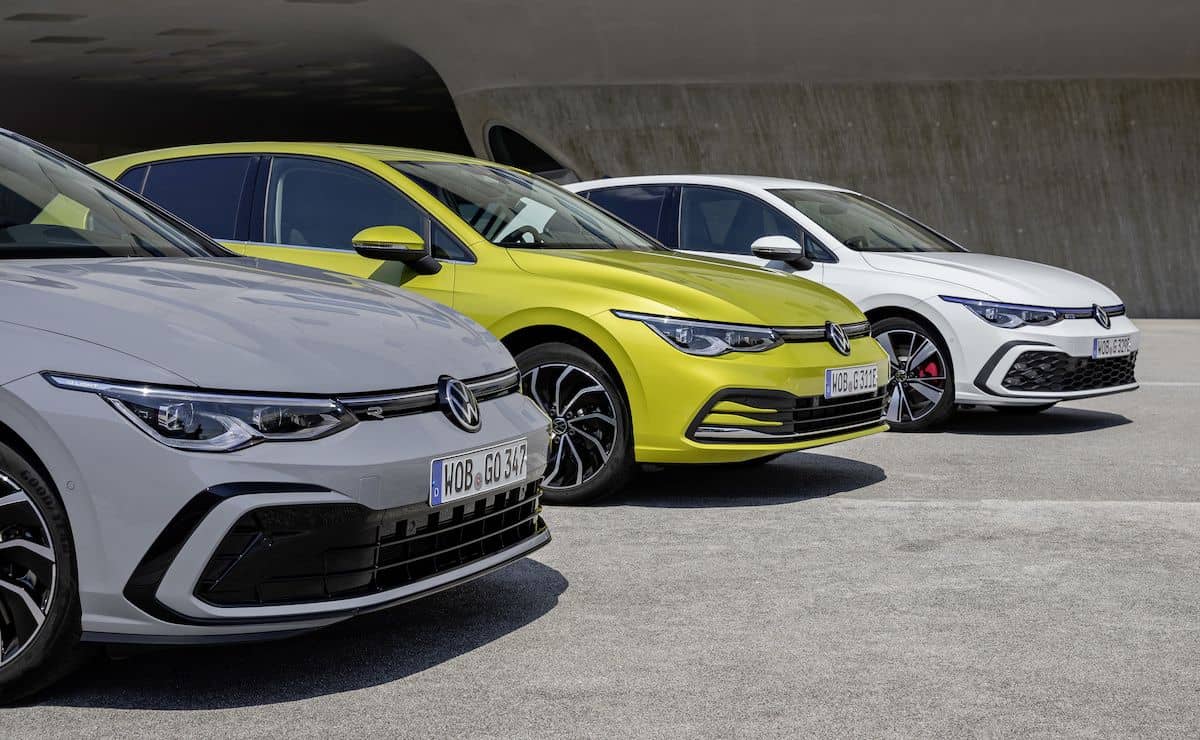Not just like the several price bumps in Taiwan automotive history, I’d rather see the car price bump this time as a BEV pricing outpost skirmish caused by pandemic, war and unrest, scramble for raw material, chip supply, cost of logistics, and US Dollars appreciation. Although they are ICE cars that has price bumps, as newly developed BEVs go on sales successively, these traditional carmakers may be able to step out of the price range that is dominated by Tesla Model 3, at least they can “lock in” loyal customers as target to smoothly replace their current ICE cars with high-pricing BEVs.

The major topics of Taiwan car market recently are not only supply issues but also the silent price bumps of several brands. Of course, the price bumps have just cause, and it has to attribute to increasing cost of supply chain (chip shortage), war and unrest, production issue of raw material and goods caused by city lockdown in pandemic, and US Dollars appreciation in recent months (almost all imported cars and components in Taiwan are valuated in US Dollars). To view from the supply and demand in the market, car prices will increase sooner or later as supply are far lower than demand (orders surpass the inventory by a wide margin now).
If we explore deeply into this on-going common phenomenon, then the cause is not so simple as seen apparently…
- Subsidiaries (NSCs) or distributors of imported car brands are harder than before to get support of car supply or competitive pricing from OEMs during the financial distress that OEMs start massive investment on BEVs or other new technologies these years, therefore labor forces are compelled to be diminished to save operating cost. In this situation, they are forced to cut the fixed marketing and the variable marketing budget, and the rest is to increase prices. However, price bump is a saving grace for retailers in this moment, as hot-selling models tend to have a long waiting list due to insufficient supply, therefore slightly-increased prices should improve profit and will not cause massive cancellation of orders; and customers can make deals faster as the room for bargaining began shrinking (bargaining chips are decreased). For OEMs, price bumps have profound meanings, that is to say as ICE car prices raised silently, consumers will unconsciously adapt to the higher price range when the BEVs from traditional carmakers go on sale in the next two or three years.
- Domestic carmakers face greater pressure in this moment. Due to the lack of support from OEMs, the KD parts in each model usually account for at least 70% (many parts could not be developed locally due to the economic scale isn’t big enough), and the appreciation of US dollars influenced the cost heavily. The room for price bump is subjected to imported cars’ price range, therefore the decision making of pricing is like treading on thin ice.
To sum up, either imported cars or domestic cars, increasing the price on a model directly, and not due to model change or adding equipment for new model year, is the last resort for carmakers at all times. There are many factors to determinate the operating performance for carmakers, and it may change due to the era of new automotive technology has come; But pricing will still be one of the most important factors. The price bump in this time is the omen of the coming of high-pricing era. And more importantly, the pleasure of bargaining enjoyed by consumers in showrooms will disappear slowly in the coming years.